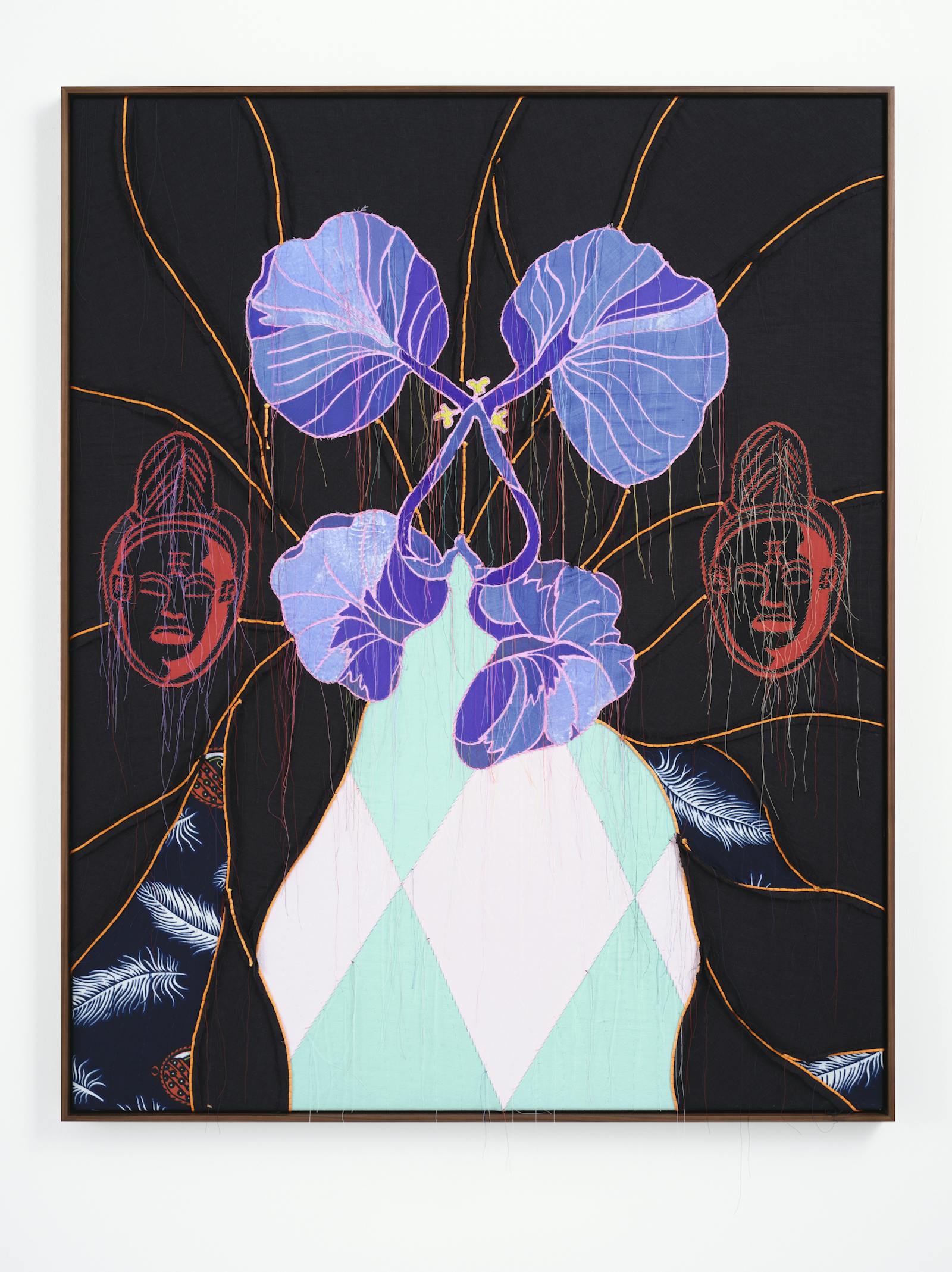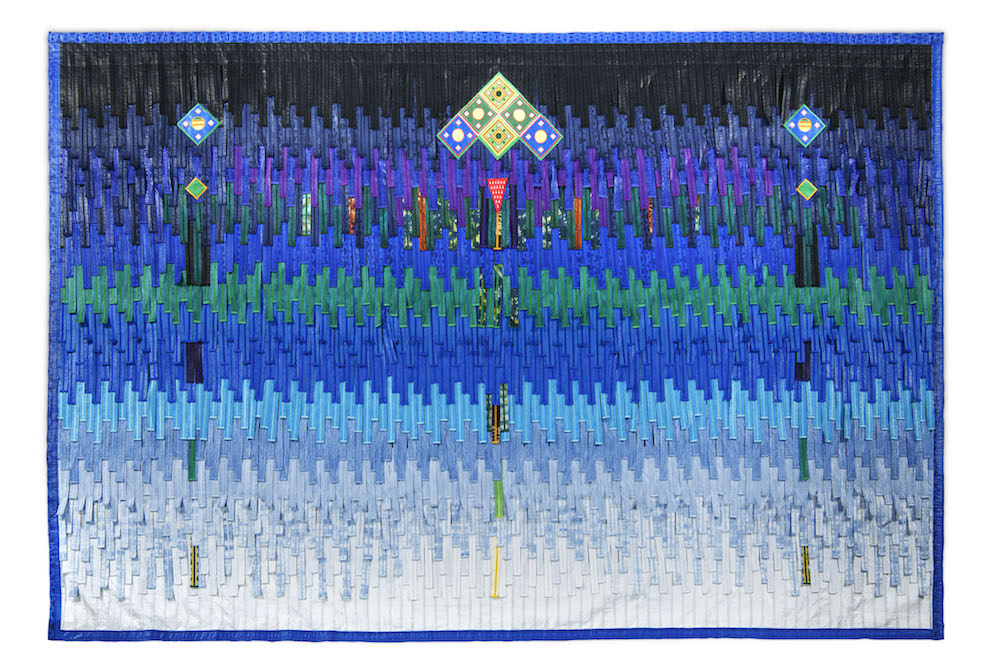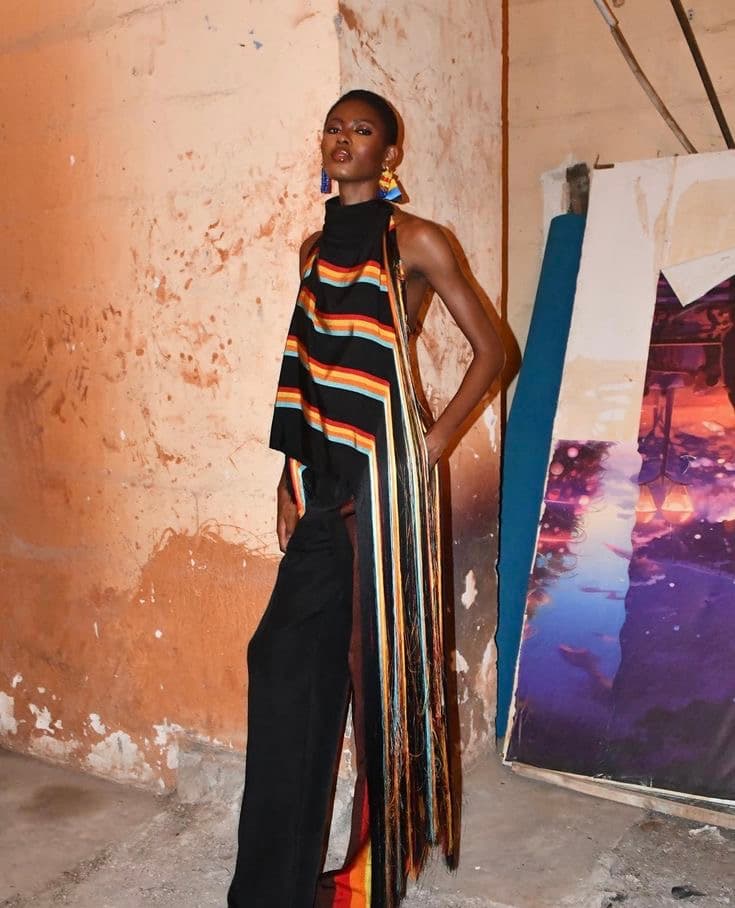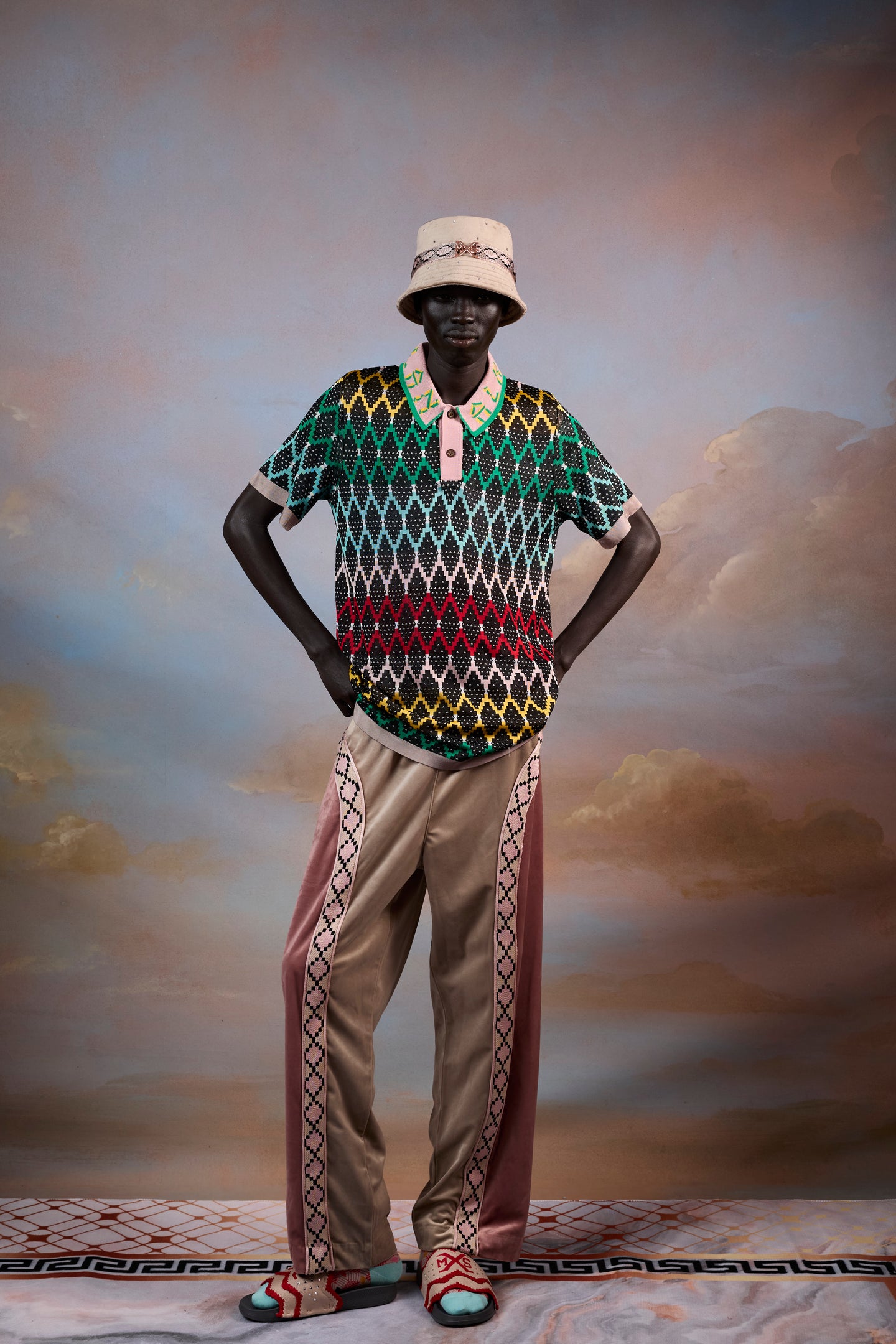African Commemorative Textiles : Artists/Designers
- Home
- African Print in the News
- Glossary of Fabrics
- The Textile Industry
- African Textiles
- Artists/Designers
- Articles/Journals
- Books/References
- Databases
- Other UW-Madison Resources
Area Studies Librarian
Questions?
This guide was created by Kirstie Yu, with support from Emilie Songolo. It is managed by Kimberly Rooney. For questions, contact kcrooney@wisc.edu.
Tongoro, Dakar, Senegal
Watch the Documentary here
"LAUNCHED IN 2016, TONGORO IS A 100% MADE IN AFRICA LABEL PROVIDING CLOTHING THAT OFFERS STYLE CONSCIOUS CONSUMERS QUALITY, VARIETY AND CONVENIENCE, AT AFFORDABLE PRICES.
OUR BRAND FOCUSES ON UNDERSTANDING THE FASHION THAT OUR CUSTOMERS WANT OFFERING PLAYFUL AND UNIQUE APPAREL.
BY SOURCING OUR MATERIALS ON THE CONTINENT AND WORKING WITH LOCAL TAILORS, OUR LONG-TERM GOAL IS TO CREATE A NEW DYNAMIC FOR AFRICA-BASED MANUFACTURING, AND FOSTER THE ECONOMIC AND SOCIAL DEVELOPMENT OF ARTISANAL WORKERS IN WESTERN AFRICA.
OUR COMPANY AND PRODUCTION FACILITY IS BASED IN DAKAR, SENEGAL."
Yinka Shonibare, British-Nigerian
 |
|
"Shonibare’s work explores issues of colonialism alongside those of race and class, through a range of media which include painting, sculpture, photography, installation art, and, more recently, film and performance. He examines, in particular, the construction of identity and tangled interrelationship between Africa and Europe and their respective economic and political histories. Mining Western art history and literature, he asks what constitutes our collective contemporary identity today. Having described himself as a ‘post-colonial’ hybrid, Shonibare questions the meaning of cultural and national definitions." --Wikipedia Visit Shonibare's website to see more of his work. |
Abdoulaye Konaté, Mali
 |
|
"Combining his painting skills with installation work, he comments on political and environmental affairs. The encroachment of the Sahel and the impact of AIDS on society and on individuals have been two major themes in his work. His questioning of the political, social, and economic scenes in contemporary Mali is evident in how AIDS, wars, ecological issues, human rights, and globalization affects all aspects of life and individuals within society. Much of his large scale work is textile-based, a medium that is more readily available than paints." --Wikipedia Visit Atta Kwami's artist profile to see more of his work. The following is a clip about his exhibit. |
Atta Kwami, Ghana
  |
|
"Atta Kwami’s works play with the colour and form improvisations that are distinctive of Ghanaian architecture and African strip-woven textiles, especially those (kente) made famous by his culture, the Ewe and Asante of Ghana. The work explores the dynamism, rhythmic structures and the power of improvisation in African visual practice as he has experienced it." --Artist's website Visit Atta Kwami's artist profile to see more of his work. |
Owusu-Ankomah, Ghana
 |
|
According to his website, "the Asanteman system of adinkra signs provides recurring motifs for the artist's large canvases. Owusu-Ankomah re-interprets their symbolism in the context of gallery art whilst retaining much of their original meaning." Visit Owusu-Ankomah's website to view more of his work. |
El Anatsui, Ghana
 |
|
"Anatsui's preferred media are clay and wood, which he uses to create objects based on traditional Ghanaian beliefs and other subjects. He has cut wood with chainsaws and blackened it with acetylene torches; more recently, he has turned to installation art. Some of his works resemble woven cloths such as kente cloth. Anatsui also incorporates uli and nsibidi into his works alongside Ghanaian motifs." --Wikipedia Visit the Jack Shainman Gallery page to see more of his work. |
Mary-Ann Orr, South Africa
 |
|
"The inspiration for the imagery comes from San art, while the composition of the piece is influenced by medieval altar pieces, creating an overlay of San mythology and the artists own Christian upbringing. Representational gatherings of cupids and angels on clouds were neither appropriate nor relative images for this South African artist, whose aim is to narrate her souls journey in context to her African experiences. She visited San rock painting sites and researched their cosmology, drawing inspiration from the ethnographic volumes of Lucy Lloyd and Wilhelm Bleek and the works of David Lewis-Williams." --Bonhams Visit The Cape Gallery webpage to see more of her work. |
Sindiso Khumalo, London/Johannesburg
 |
|
Sindiso Khumalo is a womenswear textile designer who lives and works in Hackney, East London. She studied Architecture at University of Cape Town before moving to London to work for award winning architect David Adjaye. According to her brand's website, their mission is the following:"We believe fashion can become an empowering agent by creating a positive economic activities in otherwise marginalized parts of the world." Read this interview with Sindiso Khumalo and ELLE to learn about her winning GCFA's 'Independent Designer' of the Year Award and to see more of her designs. |
Stella Jean, Italian-Haitian
 |
|
According to her website, "the style of Stella Jean reflects and evokes her métissage and Creole heritage: blending old continent cultures with the verve of the new continent, marrying the opposites in a femininity well aware of its precious uniqueness.Through the lines of Italian haute couture craftsmanship beats a sensual elegance, proud and aware but never ostentatious." Visit Stella Jean's website to see more of her fashion collections. |
Osei-Duro, US/Ghana
  |
|
"Osei-Duro is based in Los Angeles, CA and Accra, Ghana. We produce our textiles and garments in Ghana, applying traditional techniques such as hand dyeing and weaving. We aim to support the local apparel industry--on both a large and small scale--in becoming sustainable. We work towards a vibrant fashion industry, one that exceeds international production standards while respecting the rights and aesthetics of local makers." --Website Visit Osei-Duro's website to see more of their clothing designs. |
Lanre da Silva, Nigeria
 |
|
According to the brand's website, "LDA creatively combines pattern, print, exquisite and even traditional fabrics to produce day wear, evening wear, gowns and cocktail dresses that bridge time and make the label successful within and otuside Nigeria." Visit Lanre Da Silva's website to see more designs. |
Duro Olowu, London/New York
  |
|
In an interview with the New York Times, the designer describes his style in saying, "Seeing works through different decades carries an anachronism that reconfigures the way we see beauty, race and the female body. I am a British designer of Nigerian-Jamaican heritage, working and living between London and New York. The challenge is not finding ways to be inspired, but rather constantly editing my curious mind." Visit Duro Olowu's page in Vogue to see more of his collections. |
Jewel by Lisa, Nigeria
  |
|
According to the brand's website, "Lisa Folawiyo perfected the art of wearing Ankara (local West African fabric) through the use of ornate embellishment; Lisa Folawiyo transformed the fabric, creating a global print and turning the label into a coveted luxury brand. Incorporating texture with this culturally established tradition has been the key to Lisa Folawiyo ʼs success, creating a conceptual and global design hybrid." Visit Lisa Folawiyo's website to see more of her collection. |
MaXhosa
 |
|
On the brand website, designer Laduma states, "My vision was to create a modern Xhosa-inspired knitwear collection that would be suitable for amakrwala, who are prescribed by tradition to dress up in new dignified formal clothing for six months after initiation...Along my journey into exploring astonishing traditional Xhosa beadwork craft, patterns, symbolism and colours I discovered that they would be the best inspiration for my knitwear, which I then incorporated into modern knitwear." Learn more about Laduma in this BBC interview. |
Busayo, NYC
 |
|
According to the brand's Facebook page, "Busayo simply means 'addition to our joy" in Yoruba (Western Nigeria). The collection celebrates the diversity of African prints by re-imagining these innovative and vibrant textiles in contemporary shapes." More pictures and an interview with designer Michelle Olupona. |

